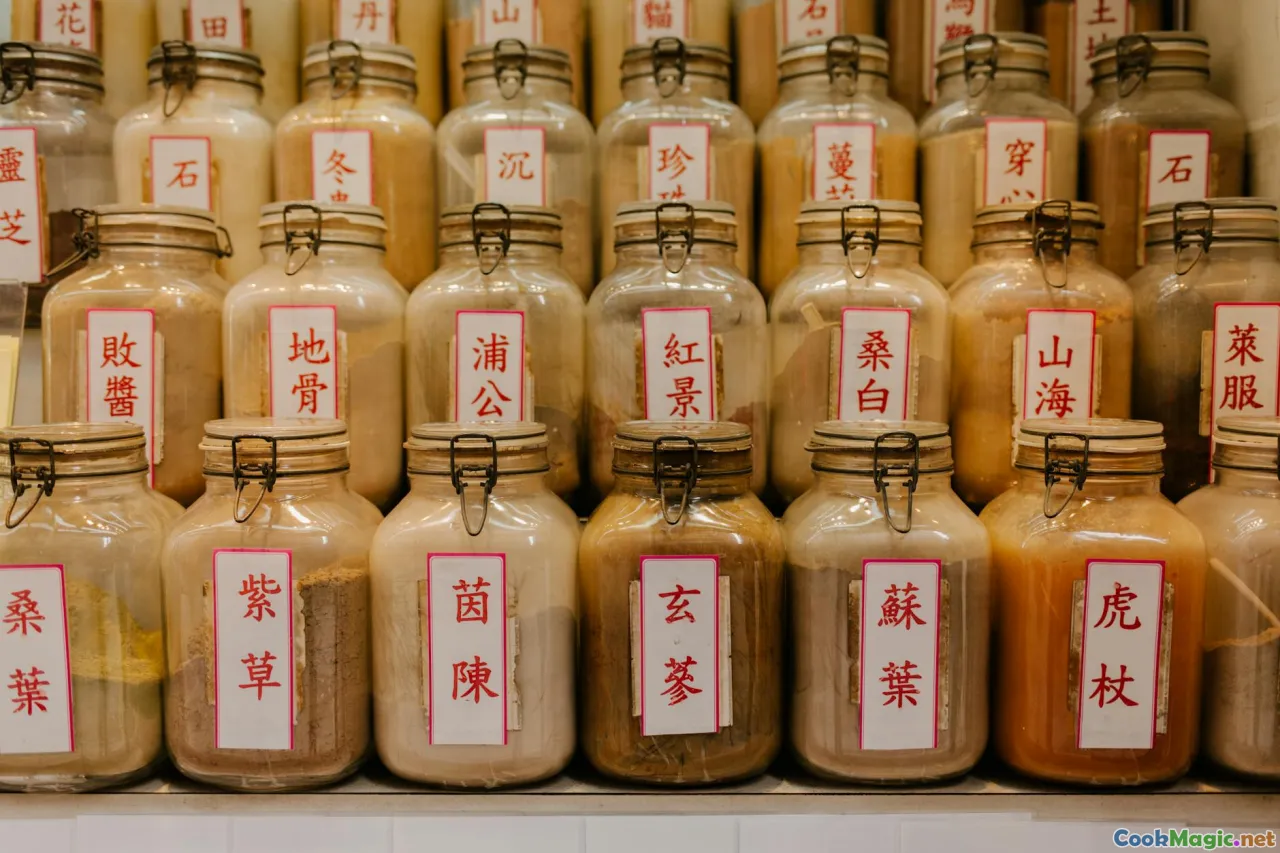Exploring Global Flavors for Wellness
7 min read Discover how diverse global flavors contribute to wellness, blending tradition, taste, and nutrition for a healthier lifestyle. May 01, 2025 05:55
Exploring Global Flavors for Wellness
Imagine walking through bustling markets in Marrakech, inhaling the fragrant aroma of cumin and saffron, or savoring the tangy, spicy notes of Thai tom yum soup. Food is more than sustenance; it’s a gateway to cultural identity, emotional well-being, and holistic health. In our modern quest for wellness, embracing the diverse flavors of the world can unlock not only delicious experiences but also profound health benefits.
The Power of Food as Medicine: A Global Perspective
Throughout history, cultures have used their native ingredients and culinary techniques to promote health and longevity. Traditional Chinese medicine, for example, emphasizes the balance of ‘hot’ and ‘cold’ foods, utilizing herbs like ginseng and goji berries to boost immunity and vitality. Similarly, Ayurveda in India advocates for spices such as turmeric and cumin, recognized for their powerful anti-inflammatory and antioxidant properties.
These ancient practices remind us that food is inherently medicinal. Today, scientific research continues to validate these traditional uses, revealing a rich tapestry of global ingredients that serve as natural superfoods, each with unique compounds that support overall wellness.
Cultural Journeys Through Flavors
Asia: The Harmonious Blend of Spices and Herbs
Asian cuisines are renowned for their complex flavor profiles and health-promoting ingredients. Think of Turmeric, the golden spice in Indian curries, celebrated for its curcumin content, which exhibits potent anti-inflammatory and neuroprotective effects. Or Ginger, a staple in Japanese and Chinese cooking, known for aiding digestion and reducing nausea.
In Thailand, lemongrassandkaffir lime leaves impart fresh, citrusy notes that are also believed to detoxify the body. Vietnamese pho, with its fragrant herbs like basil, mint, and cilantro, offers a comforting bowl rich in antioxidants.
Africa: Bold Flavors and Nutrient-Dense Foods
Across the continent, ingredients like baobab, hibiscus, and sweet potatoes are central to both flavor and health. Baobab, often called the "Tree of Life," provides a high dose of vitamin C and dietary fiber. Hibiscus tea, vibrant ruby red, is loaded with antioxidants and has been shown to help lower blood pressure.
Europe: Heritage of Whole, Local Foods
European cuisines emphasize fermented foods and seasonal ingredients. Fermented vegetables like sauerkraut and kimchi (although Korean, also popular in Eastern Europe) promote gut health through probiotics. Mediterranean diets, rich in olive oil, nuts, and fresh vegetables, are associated with reduced inflammation and cardiovascular health.
Latin America: Spicy, Tropical, and Nutritious
From the fiery peppers of Mexico to the nutrient-rich quinoaof the Andes, Latin American food traditions incorporate ingredients that boost immune function and energy.Aji pepperscontain capsaicin, which can increase metabolism and reduce appetite, whileavocado provides heart-healthy monounsaturated fats.
Sensory Experience and Emotional Connection
Food is sensory and emotional. The vibrant colors of Indian turmeric-latte, the aromatic herbs of Vietnamese spring rolls, the fiery kick of Ethiopian berbere spice—each dish tells a story and evokes feelings of comfort, adventure, and cultural pride.
Personal stories often highlight how embracing global flavors has transformed health routines. I remember a friend who began incorporating Japanese miso soup and Korean kimchi into her diet, noticing improved digestion and mood stability. These small culinary shifts can lead to big wellness benefits.
Incorporating Global Flavors into Your Wellness Routine
Start with Familiar Ingredients
You don’t need to overhaul your kitchen overnight. Begin by adding a pinch of turmeric to your morning smoothie or replacing salt with Himalayan pink salt infused with herbs.
Explore New Recipes
Try making Moroccan tagine with preserved lemons and olives, or Thai green curry packed with fresh basil and galangal. Cooking these dishes immerses you in their cultural context and enhances appreciation.
Use Herbs and Spices as Natural Remedies
Incorporate herbs like oregano, thyme, and rosemary, known for their antimicrobial and antioxidant properties, into your daily cooking.
Prioritize Whole, Unprocessed Foods
Global cuisines often emphasize minimally processed ingredients, aligning with modern nutritional guidelines.
Cultivate a Mindful Eating Practice
Engage all senses—notice the aroma, texture, and color of your food. Mindful eating fosters a deeper connection to your nourishment and well-being.
The Future of Wellness Through Global Flavors
As the world becomes more interconnected, culinary exchanges continue to enrich our health perspectives. Fusion cuisines and superfood innovations are blending traditional wisdom with modern science, creating exciting avenues for wellness.
Moreover, sustainable sourcing of ingredients from local and indigenous communities ensures that the benefits of diverse foods extend beyond individual health, supporting ecological balance and cultural preservation.
Final Thoughts
Exploring global flavors isn’t just an adventure in taste—it’s a holistic approach to wellness that honors tradition, celebrates diversity, and nurtures the body and soul. By embracing the rich tapestry of ingredients from around the world, we can craft a nourishing, vibrant lifestyle rooted in history, culture, and health. So, open your pantry, step into the kitchen, and let the flavors of the world guide you to better well-being.
Remember, the journey to wellness through food is personal and ongoing. Celebrate small victories, stay curious, and savor every flavorful moment.









